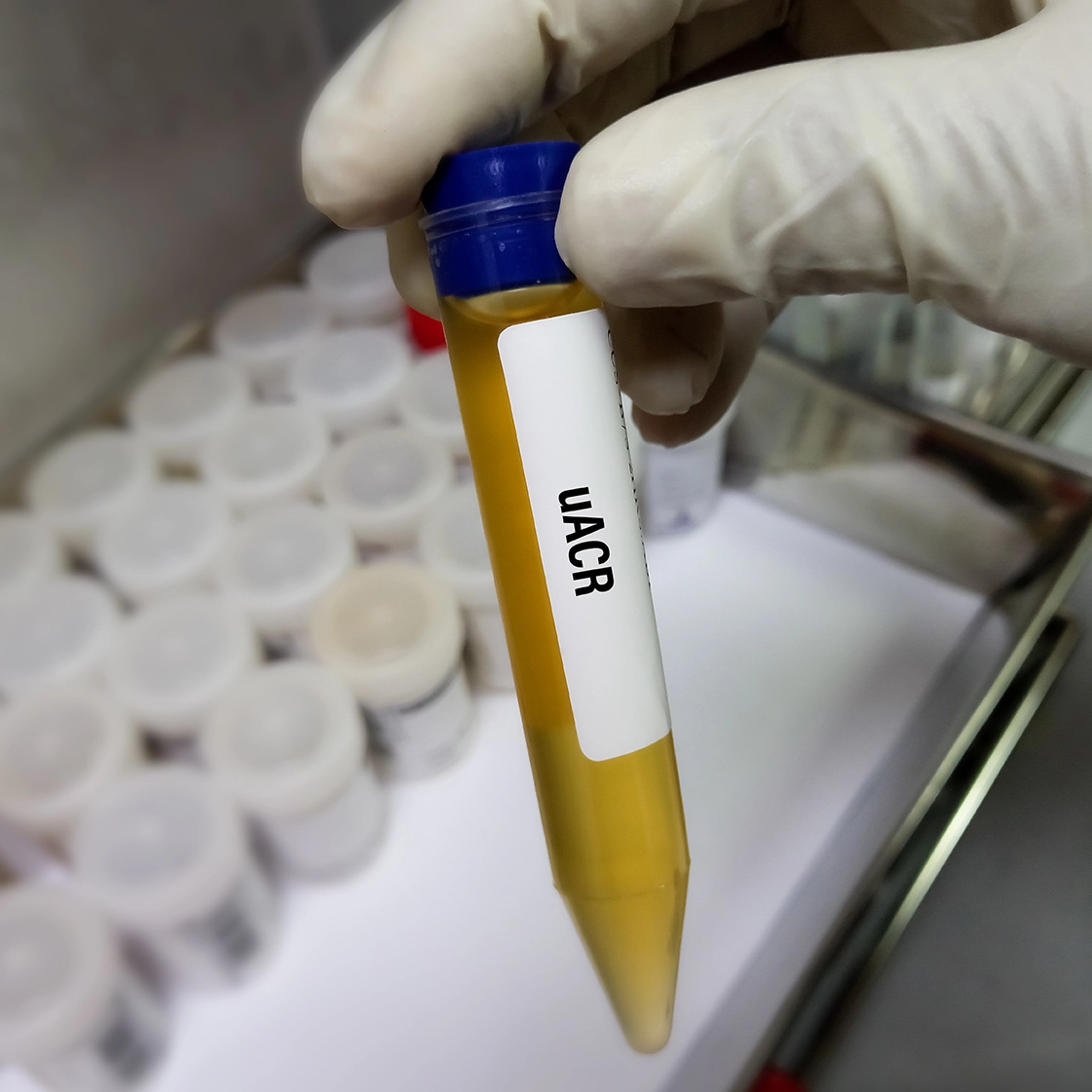ADA 2024: Low Birthweight is Associated with Elevated Risk of Chronic Kidney Disease in Type 2 Diabetes—A Follow-up Study of Persons Diagnosed with Type 2 Diabetes in the DD2 Cohort
The risk of type 2 diabetes mellitus (T2DM) and chronic kidney disease (CKD) later in life has been linked to low birthweight (BW). However, it is uncertain how much a lower birth weight in individuals withT2DM raises their chance of developing CKD.
From the Danish Center for Strategic Research in T2DM (DD2), the original midwife records of 5979 individuals who were newly diagnosed with T2DM were reviewed.
Individuals were monitored for the occurrence of CKD, which was defined as either 1) two urine albumin/creatinine ratios >30 mg/g, 90 to 365 days apart or 2) two eGFR values <60ml/min per 1.73m2, 90 to 365 days apart. Using the Aalen-Johansen estimator and the parametric G-formula, 10-year standardised risks of CKD were calculated, taking mortality into account as a competing risk. Cox regression analysis was used to calculate adjusted hazard ratios (aHRs). Both restricted cubic spline regression and linear regression were used to evaluate the continuous relationships between BW and incident CKD. Every model was standardised or adjusted for factors such as age, sex, birth year, family history of diabetes and born-at-term status.
In individuals with T2DM, there were 1443 incident CKD outcomes over a median follow-up of 8.5 years. Spline models demonstrated steadily rising aHRs of CKD with steadily declining BW. The individuals with low BW (<2500 g) had a 10-year standardised risk of CKD of 39.9%, whereas it was 33.5% for those with a BW of 2500-4500 g, with a CKD risk difference of 6.4% (95% CI: -0.3, 13.3) and an aHR of 1.25 (95% CI: 0.99, 1.58). Individuals with T2DM and high BW (> 4500 g) had 10-year standardised CKD risks comparable with those who had BW of 2500-4500 g (31.7% vs. 33.5% respectively), yielding an aHR of 0.93 (95% CI: 0.59, 1.47). Hence, this study indicated that among persons with T2DM, lower birth weight is associated with an increased risk of CKD.
1338-P: American Diabetes Association (ADA) 84th Scientific Sessions, 2024, 21- 24 June 2024, Orlando, Florida.



